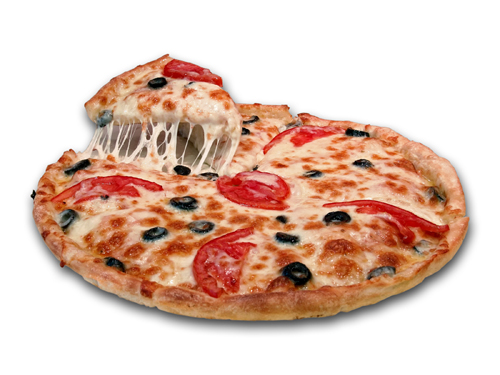I got up early in the morning with my friends (after my little brother jumped all over us) and we did an experiment to see which is healthier: orange juice or a bowl of oranges. We cut the oranges in half from a bowl and squeezed out the juice. We put the juice from the bowl of oranges in one glass and poured out orange juice from a carton in another. We tasted the juice and we all thought the orange juice from the bowl of oranges was healthier and tasted better because the one from the carton tasted WAY too sweet but the one from the bowl of oranges had just the right sweetness. When my friends went home, I searched and found out this:
 Store Bought Orange juice Fresh Orange juice
Store Bought Orange juice Fresh Orange juice
Calories: 110 Calories: 85
Carbohydrate: 26 Carbohydrate: 21
Fiber: 0 Fiber: 4.3
Sugar: 22 Sugar: 17
Vitamin C: 72 Vitamin C: 96
Which one do you think is healthier?











 Dr. Debbie Kennedy (Dr. Deb) is a pediatric nutritionist with 23 years of experience in the field. She has worked with both Yale and Columbia Universities, and has developed programs for some of the industry’s luminaries such as Dr. David Katz and Dr. Mehmet Oz.
Dr. Debbie Kennedy (Dr. Deb) is a pediatric nutritionist with 23 years of experience in the field. She has worked with both Yale and Columbia Universities, and has developed programs for some of the industry’s luminaries such as Dr. David Katz and Dr. Mehmet Oz. 

